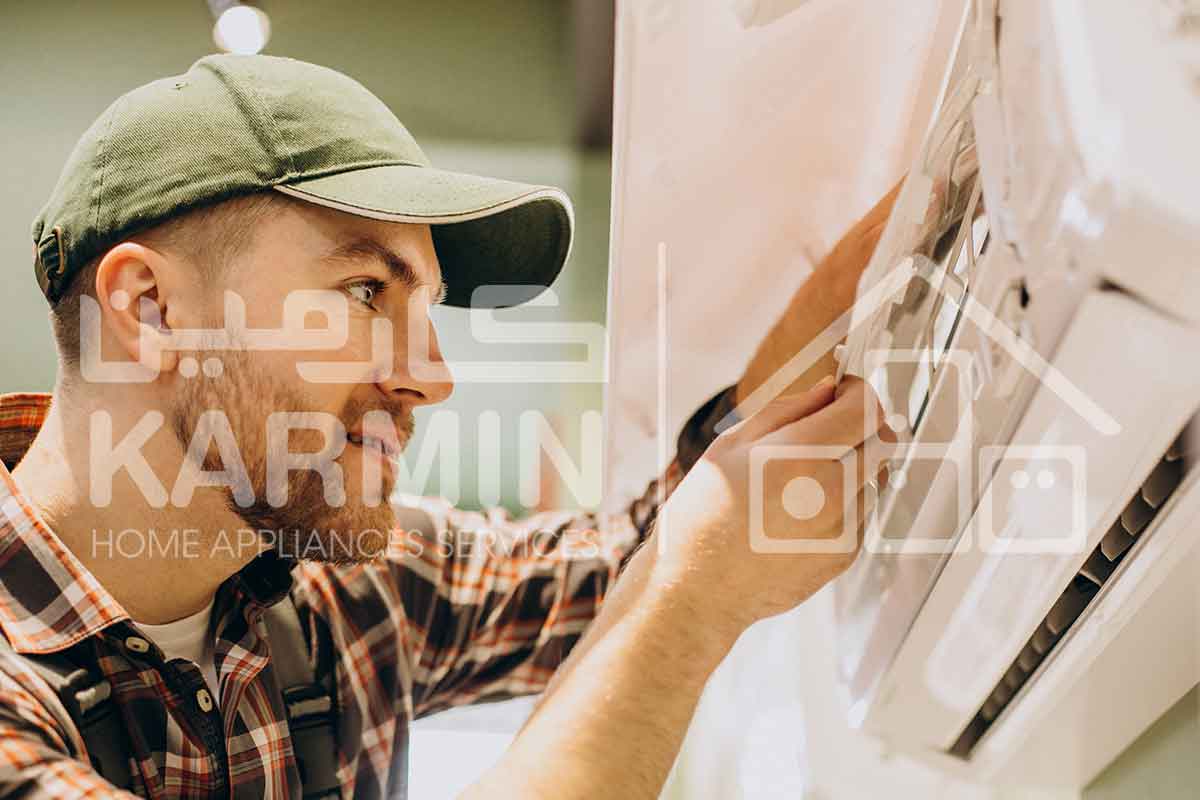In the scorching heat of summer or the humid days of monsoon, an air conditioner can be a lifesaver. However, like any other appliance, air conditioners are prone to wear and tear, requiring maintenance and repairs over time. Understanding the basics of air conditioner repair can help you stay cool and comfortable when the mercury rises تعمیر اسپیلت تهران. From troubleshooting common issues to knowing when it’s time to call a professional, let’s delve into the ABCs of air conditioner repair.
A is for Air Filter: One of the simplest yet most crucial components of your air conditioner is the air filter. The air filter traps dust, dirt, pollen, and other particles from circulating in your home and helps maintain clean air quality. Over time, the filter can become clogged, reducing airflow and efficiency. Regularly inspect and clean or replace the air filter every 1-3 months to keep your air conditioner running smoothly.
B is for Basic Maintenance: Regular maintenance is key to extending the lifespan of your air conditioner and preventing costly repairs. Basic maintenance tasks include cleaning the coils, checking refrigerant levels, lubricating moving parts, and inspecting ductwork for leaks. By scheduling routine maintenance at least once a year, preferably before the start of the cooling season, you can identify and address minor issues before they escalate into major problems.
C is for Common Problems: Several common problems may arise with air conditioners, affecting their performance and efficiency. These issues include refrigerant leaks, compressor failure, frozen coils, faulty capacitors, and malfunctioning thermostats. Recognizing the signs of these problems, such as warm air blowing from the vents, unusual noises, or a sudden spike in energy bills, can prompt timely action to address the underlying issues.
D is for DIY Repairs: While some air conditioner repairs require professional expertise, there are several DIY tasks you can tackle yourself. These include cleaning the condenser coils, straightening bent fins, clearing debris around the outdoor unit, and replacing a malfunctioning thermostat. However, it’s essential to exercise caution and follow safety protocols to avoid injury or further damage to your air conditioner.
E is for Energy Efficiency: An energy-efficient air conditioner not only helps reduce utility bills but also minimizes environmental impact. To improve energy efficiency, consider upgrading to a high-efficiency unit with a high SEER (Seasonal Energy Efficiency Ratio) rating. Additionally, seal and insulate ductwork, install a programmable thermostat, and maintain proper airflow by keeping vents unobstructed.
F is for Professional Help: While DIY repairs can address minor issues, certain air conditioner problems require the expertise of a professional HVAC technician. If you encounter complex issues such as refrigerant leaks, compressor failure, electrical problems, or ductwork issues, it’s best to seek professional help. A licensed technician can diagnose the problem accurately, perform necessary repairs, and ensure your air conditioner operates safely and efficiently.
Conclusion: Maintaining a cool and comfortable indoor environment relies on the proper functioning of your air conditioner. By familiarizing yourself with the ABCs of air conditioner repair, you can take proactive steps to keep your unit running smoothly and efficiently.
